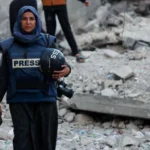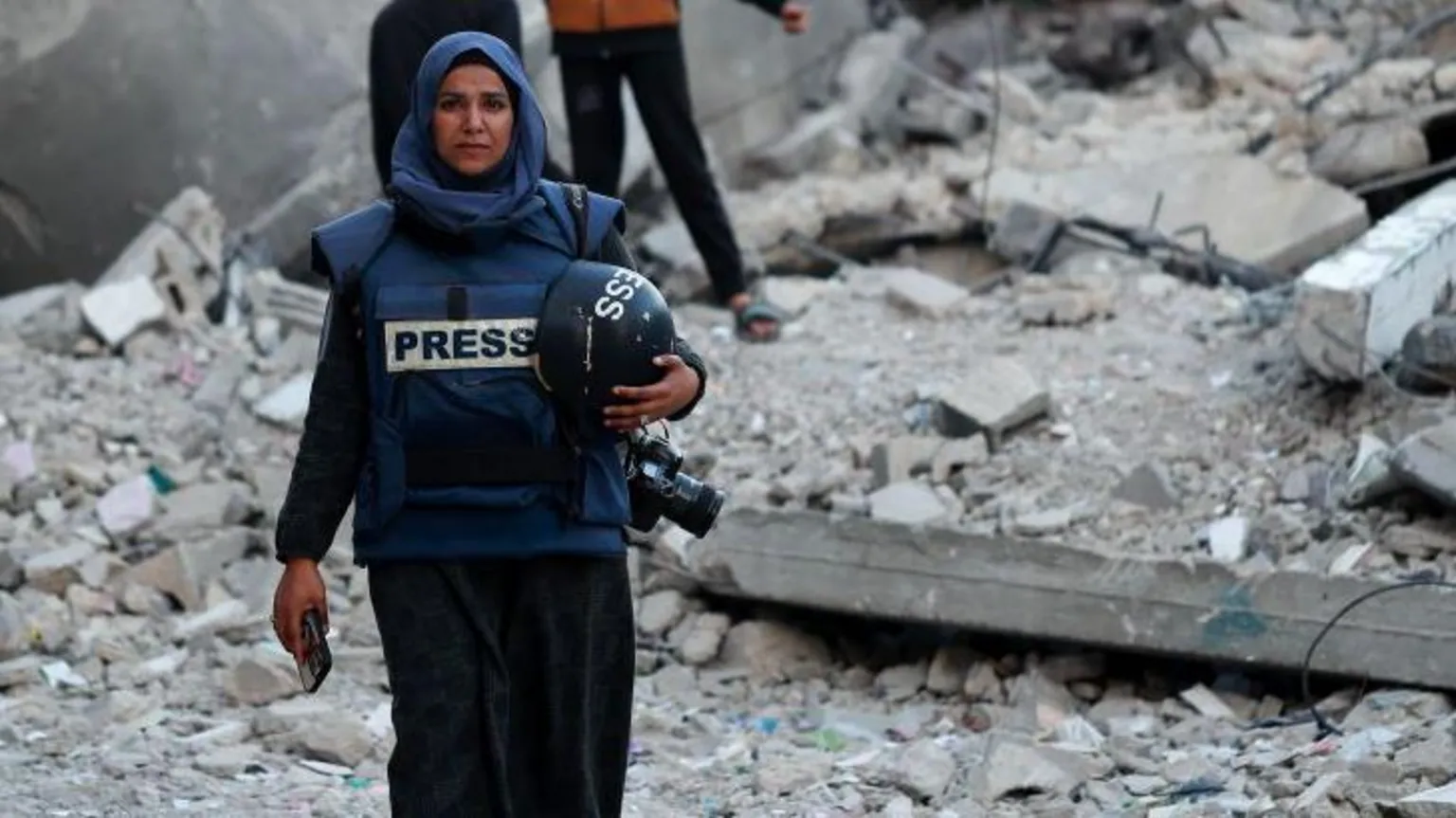
In spite of overmuch advocacy against women violence since 2001 it remains one of the most challenging problems in Afghanistan. it occurs everywhere and in various forms such as physical violence, sexual, economic, and psychological violence. It seems that with rise of poverty and insecurities, the violence against women also increased. More often Media reports horrible cases of such as suicide, self-ignition, and sexual abuse and the conduct of desert trials by irresponsible people in different parts of the country. While the number of violent cases is undoubtedly greater than what is reflects in the media, but due to lack of trust of on the government practices, especially the law enforcement organs, have caused hopelessness among the victims of violence to launch their cases. On the other hand, there are lots of obstacles in front of human rights observers to document these cases in the remote parts of the country.
Last Wednesday, Afghan women’s right groups expressed their support to the global movement One Billion Rising Revolution 2018 – under the banner of Solidarity Against the Exploitation of Women. It was held under the motto Rise!, Resist! Unite! And is bringing millions of women together around the world to raise their voices against rape and sexual violence against women. One Billion Rising is a global movement, founded by Eve Ensler, to end rape and sexual violence against women. It was started in 2012 as part of the V-Day movement. The “billion” refers to the UN statistic that one in three women will be raped or beaten in her lifetime, or about one billion. Afghan women came together in the Afghan capital Kabul in support of the movement. The initiative was organized by the Afghan Women’s Network.
“We call on the National Unity Government and its international partners to fully support the institutions which are helping the victims of violence. We also reiterate our call for removing all kinds of discrimination against the women in the work place,” said Roshan Mashal, coordinator of a women’s network. “We see that there are plans, procedures such as citizen charters and other programs, but they must not remain on paper, they need to be implemented,” said Shakila Nazari, media advisor to Afghan Women’s Network.
The event shows that one of most common violence which globally practiced is sexual violence against women. According to studies carried out last year, from every 11 women 10 of them confronted street harassment in Afghanistan while the victims took no action. This indicates that a large number of women and girls become victims of this crime in work places, streets and universities but as sexual violence is considered as a taboo in Afghan society it remains unseen. Thus, it occurs in form of sexual assault, uncommon sexual relations, insult and sexual humiliation, forced prostitution, forced abortion, etc. therefore, they try to conceal cases of sexual violence and not to be registered. Sexual assault is the most serious and concerning sexual violence in Afghanistan. In most cases, sexual assault is combined with other type of violence, which usually ends up with the death of the victim.
The other common types of violence against women which have received the least attention is verbal and psychological violence; verbal and psychological violence is the most common type of violence. Such types of violence exert negative effects on the psychology and spirit of the victims. Humiliation, insult, and threat are the common types of violence that, inflect serious negative impacts on the characteristics and spirit of women. Verbal and psychological violence against women may occur at home or public places in the form of harassment on the streets and puts women in a difficult and dangerous situation. However, violence against women is not limited to the above-mentioned violations. There are several other types which have negative social, cultural and economic effects on the life of Afghan women, affecting health, self-esteem and social status, living conditions and welfare of women, and prevent their development and growth, causing them to be isolated.
There blamable factors consist of failure to deal decisively with the perpetrators, culture of impunity;corruption and abuse of state positions; the involvement of influential people in addressing violence against women, and resolving of cases of violence against women by non-official and informal authorities; hiding of the crimes and lack of referral to judicial authorities for fear of and mistrust upon government agencies; lack of proper coordination between judicial authorities; women’s limited access to justice; existence of illegal weapons and illegal armed groups;lack of security and weakness of state authority in districts and provinces;lack of necessary support for the victims of violence against women;considering violence against women as a normal action; Illiteracy and low levels of public awareness; Traditional patterns of marriage in Afghanistan ;poverty and unemployment;Increased drug addiction.
By and large, the current condition of women in Afghanistan not only shows a weak justice system but also shows huge retrogressions a Muslim country. Historical evidence indicates that women contributed significantly to the early development of the Muslim community. They were to run businesses and benefited from their heritage and dowry rights while most often they are deprived now. They had active and heroic presence in social and political events such as Zainab the daughter of Ali who strongly denounced and finally overthrown the oppressive government of Yazid. The Prophet often consulted women and considered their opinions seriously. His first wife, Khadija, was his chief adviser as well as his first and foremost supporter.



